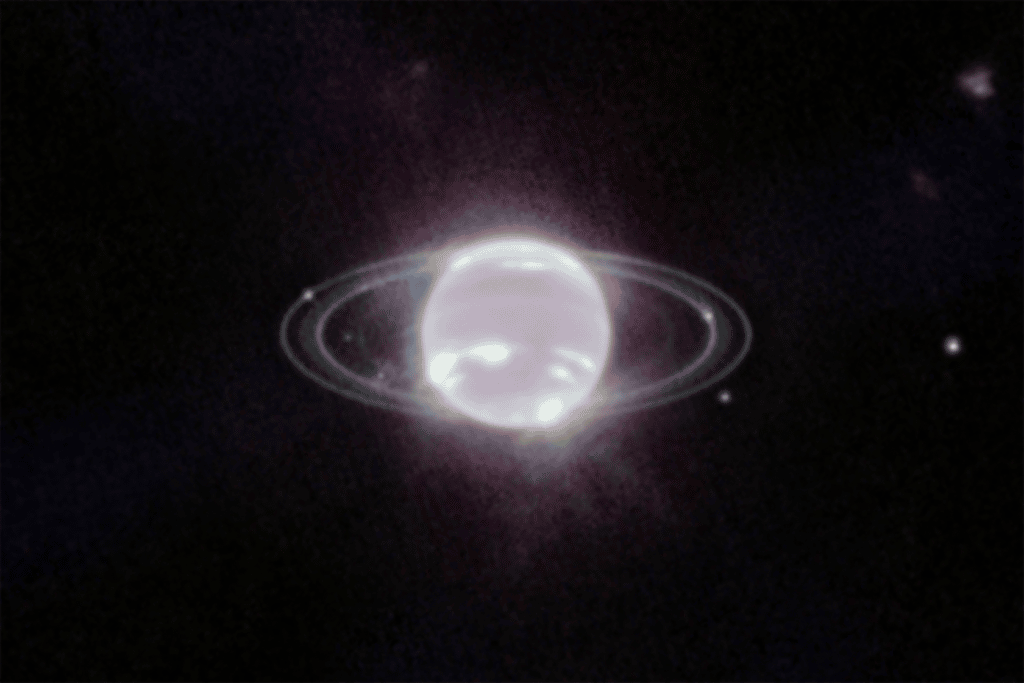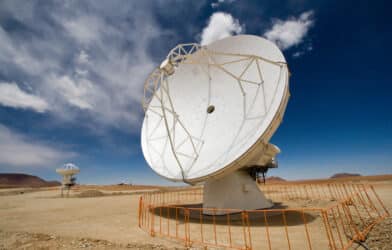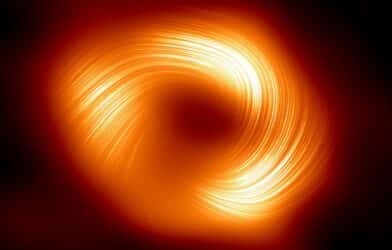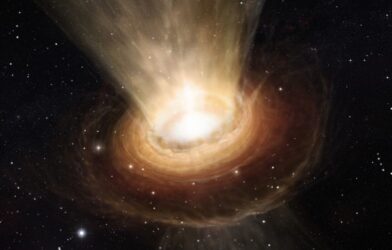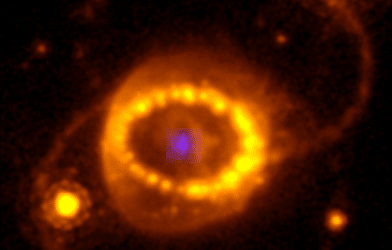
The James Webb Space Telescope is showing off its capabilities closer to home with its first image of Neptune. Not only has Webb captured the clearest view of the planet’s rings in more than 30 years, but scientists say its cameras are revealing the ice giant in a whole new light.
Most striking about the Webb Telescope’s new image is the crisp view of the planet’s dynamic rings — some of which haven’t been seen at all, let alone with this clarity, since the Voyager 2 flyby in 1989.
In addition to several bright narrow rings, the Webb images clearly show Neptune’s fainter dust bands. The telescope’s extremely stable and precise image quality also permits these very faint rings to be detected so close to Neptune.
Webb Telescope also captured seven of Neptune’s 14 known moons. Dominating the portrait of Neptune is a very bright point of light sporting the signature diffraction spikes seen in many of Webb’s images; it’s not a star, but Neptune’s most unusual moon, Triton.
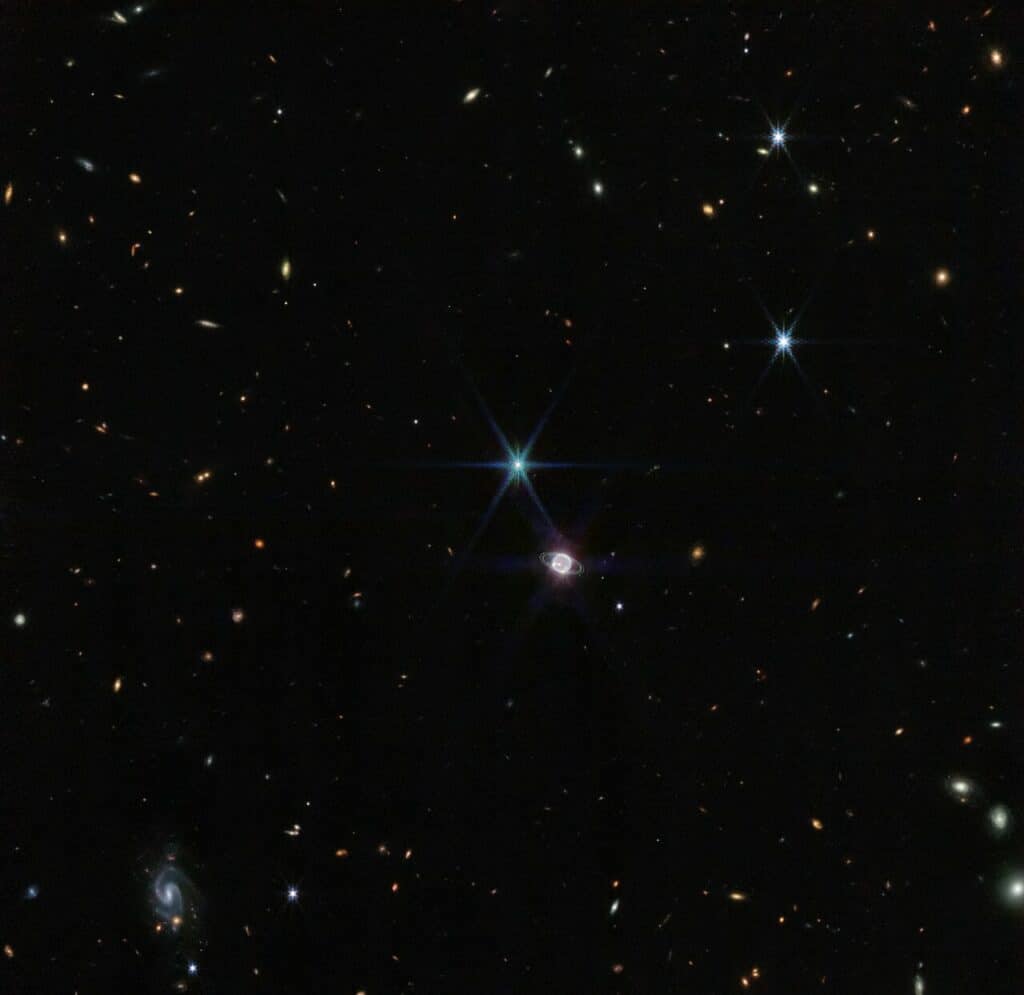
The telescope provides a unique perspective with its infrared sensitivity on our neighboring planets.
“Neptune has fascinated and perplexed researchers since its discovery in 1846. Located 30 times farther from the Sun than Earth, Neptune orbits in one of the dimmest areas of our Solar System. At that extreme distance, the Sun is so small and faint that high noon on Neptune is similar to a dim twilight on Earth,” a statement from the European Space Agency says.
Neptune’s chemical makeup is why it’s considered to be an “ice giant” — not to mention it’s well-known blue appearance in images taken by the Hubble Space Telescope. So why doesn’t the planet appear that way in the James Webb Space Telescope images?
“Webb’s Near-Infrared Camera (NIRCam) captures objects in the near-infrared range from 0.6 to 5 microns, so Neptune does not appear blue to Webb. In fact, the methane gas is so strongly absorbing that the planet is quite dark at Webb wavelengths except where high-altitude clouds are present,” the ESA release explains. “Such methane-ice clouds are prominent as bright streaks and spots, which reflect sunlight before it is absorbed by methane gas. Images from other observatories have recorded these rapidly-evolving cloud features over the years.
“More subtly, a thin line of brightness circling the planet’s equator could be a visual signature of global atmospheric circulation that powers Neptune’s winds and storms. The atmosphere descends and warms at the equator, and thus glows at infrared wavelengths more than the surrounding, cooler gases.”
More images of Neptune and Triton will be released in 2023, the ESA says.
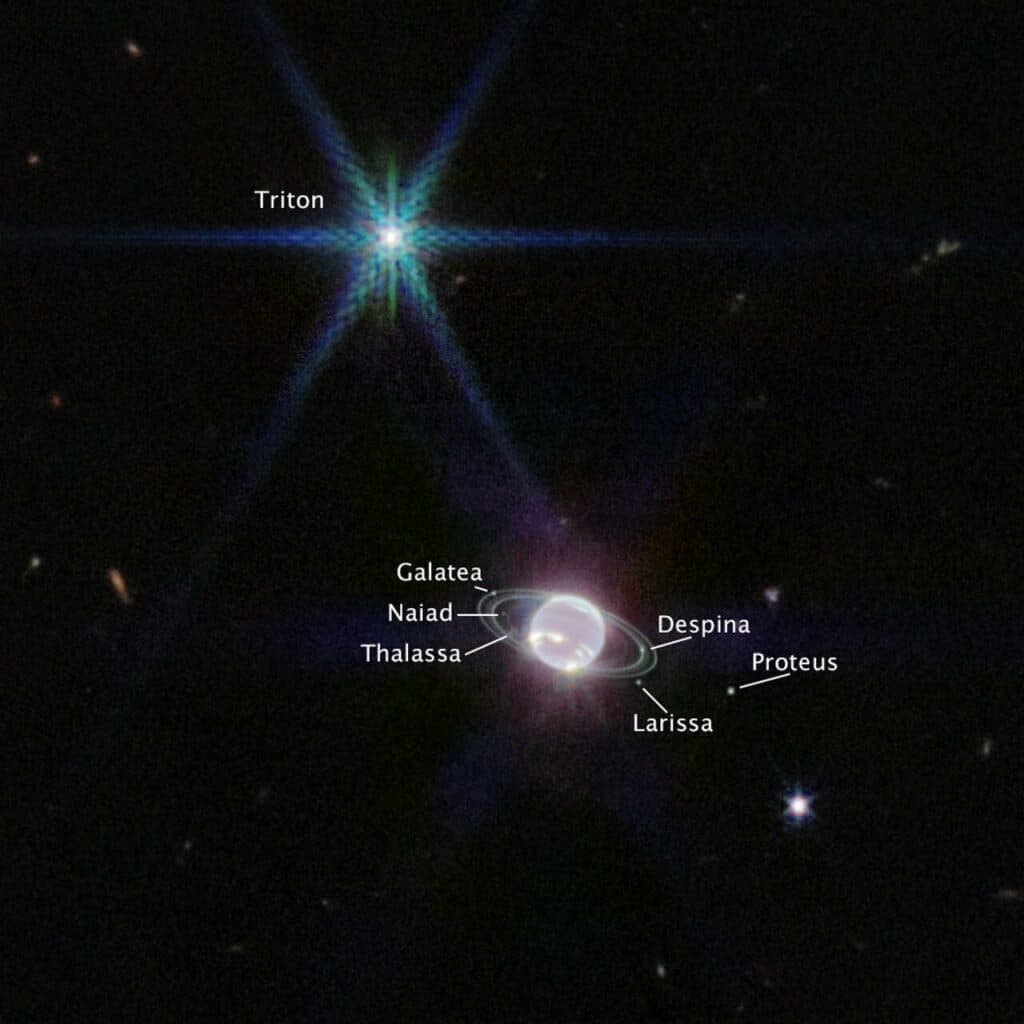
Report by Dean Murray, South West News Service
